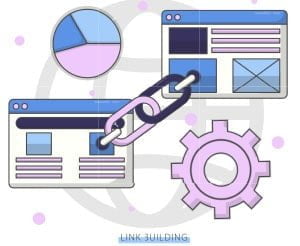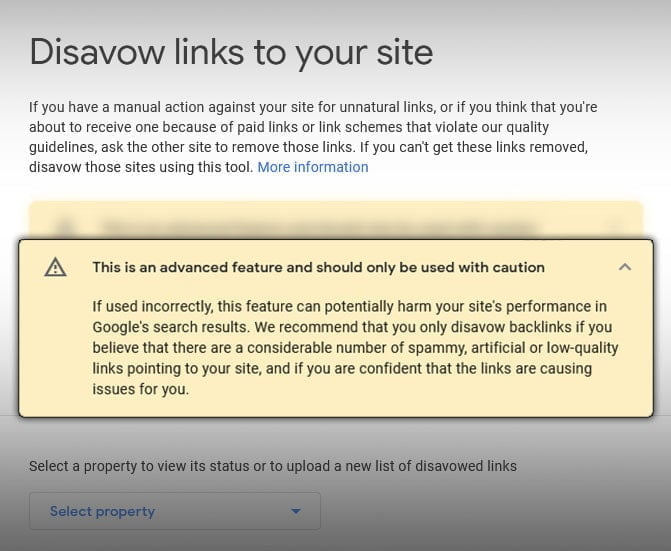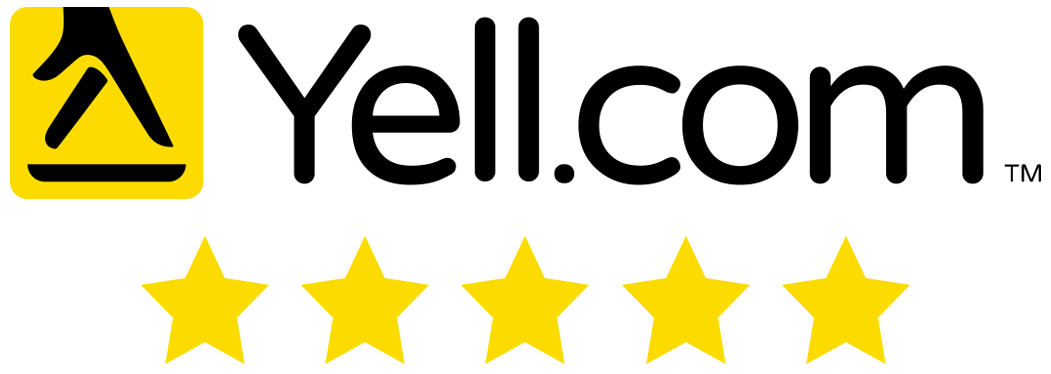How Should Your Link Building Strategy Deal With Potentially Harmful Backlinks?
- 2 July, 2021
- Jason Ferry
- Link Building

Link building is a vital part of good SEO. The external backlinks that point to your site, and internal links that take readers away to other sites, play a major role in how Google ranks your individual webpages. In general terms, you should be looking for links to and from reputable websites that add value to your audience’s experience when they are reading through the information about your products and services. Here, we look at some general principles that should form the basis of your link building strategies and a few specific scenarios in which you may need to take positive action to improve your profile as and when Google ranks your web pages.
When You Need To Evaluate Your Link Building And Backlinks
 As part of your overall SEO strategy, it’s important that you or your SEO link building service spends some time, roughly on an annual basis, auditing all the links that are contained within your website; as well as backlinks that are pointing users to your webpages. And if at any point in time, you notice that your individual webpages have plummeted in the search engine rankings where previously they were doing well, checking the links and backlinks is a definite must to make sure it’s not these that are having a negative effect on your ranking.
As part of your overall SEO strategy, it’s important that you or your SEO link building service spends some time, roughly on an annual basis, auditing all the links that are contained within your website; as well as backlinks that are pointing users to your webpages. And if at any point in time, you notice that your individual webpages have plummeted in the search engine rankings where previously they were doing well, checking the links and backlinks is a definite must to make sure it’s not these that are having a negative effect on your ranking.
Quality backlinks can improve your Page Authority and your Domain Authority scores. These two figures play a key part in helping your site to rank better with search engines, which improves your business’s visibility, increases traffic to your website and ultimately, increases the volume of sales your website attracts. Many companies pay an expert SEO authority link building service to secure these positive links.
Bad backlinks do just the opposite. They detract from your SEO efforts and can cause a drop in your web pages’ rankings. This means less traffic, fewer visitors, and a drop in sales. So, what can you do if you discover you’re being linked to by sites that are harming your website’s ranking?
Dealing With Bad Backlinks
Google has become much better in recent years at recognising the difference between a good and a bad backlink, and in many cases, it will simply ignore the latter, so you won’t notice its negative effects on your website. But no algorithm is ever perfect, so it’s still worth identifying the culprits and taking time to get rid of them.
So how do you find out what sites are linking to your own website? First, head to Google Webmaster tools. If you click on the Search Traffic option on the left-hand menu, then navigate to Links to Your Site, you should get a list of the latest links and sample links that can be downloaded for ease of use.
There are other tools you can use to formulate this list, although you may have to pay for them. There are also paid link building services that may encourage you to shell out money for them to remove the bad links on your behalf.
However, it’s best to do the work yourself or ask your regular SEO agency that’s familiar with your business to deal with them on your behalf as part of its manual link building services. Check out each one and decide whether it is reputable and authoritative, or spammy and negative.
Once you have a list of bad inbound links, you can go about having them removed. There are two ways to do this. First, you can write to the website owner and ask them to remove the link. Google recommends this as the first line of defence. However, as these sites are generally unscrupulous in the first place, your request is unlikely to be actioned. Fear not, Google allows you the option to ‘disavow’ a bad backlink.
Do I Have To Disavow Every Potentially Harmful Backlink?
In 2019, Gary Illyes, a Google Webmaster Trends Analyst speaking at Pubcon in Florida,  revealed that the search engine was constantly working on its Penguin algorithm to help deal with bad backlinks. In the meantime, he suggested that site owners should make very sure that it’s actually a bad backlink that’s causing a drop in rankings before taking the time to remove it. Very often, he said, there are other reasons behind a decrease in web traffic to a site.
revealed that the search engine was constantly working on its Penguin algorithm to help deal with bad backlinks. In the meantime, he suggested that site owners should make very sure that it’s actually a bad backlink that’s causing a drop in rankings before taking the time to remove it. Very often, he said, there are other reasons behind a decrease in web traffic to a site.
His recommendation was that you should only consider disavowing links once the site has received a manual action or if you’ve sent a request to the sites linking to you asking them to remove the link, and they haven’t complied. Disavowing a backlink isn’t generally recommended if your website hasn’t been penalised because of it because Google already takes steps to ensure that inappropriate links pointing to a site are disregarded.
However, if you are concerned about the effects of a particular link, or if your link building services company recommends it, you should feel free to use the disavow tool.
Should I Automatically Disavow All Links From Non-English Sites?
If you look online for which links you should disavow, you’ll typically find that SEO experts recommend removing all links from non-English sites (assuming your own site is in English). In response to a question from a site owner on Twitter in August 2019, Google’s John Mueller stated that just because websites are in languages other than English, that doesn’t necessarily mean that those sites are spam. So by the same token, links coming from these websites are not automatically inherently “bad”.
It’s not essential, then – and may not even be desirable – to simply disavow every incoming link from a non-English site. This might lose you some great quality backlinks that help widen your audiences in other countries. And that all goes to emphasise the importance of examining every link individually before you take action so that you are only disavowing ones that are penalising your ranking.
What Does A Bad Backlink Look Like?
Given the above, then, what does a bad backlink look like? Here are a few of the most common ones that professional link building services tell you to look out for:
Evaluate each link individually and ask yourself: what would a search engine make of this link – would it look on my webpages unfavourably if it remains? Also, is this link helpful in terms of increasing my business or traffic to my website? If you conclude that the link is detrimental to your business’s profile and or reputation, then use the disavow tool to ask Google to remove it. If you don’t have the resources to do this manually within your business, consider hiring an affordable link building service to carry out the work for you.
What Does The Disavow Tool Do?
When you send your list of backlinks to be disavowed to Google, it will automatically remove the references you’ve requested. But it’s important to note that the disavow tool is not an automatic panacea to a drop in rankings. As mentioned above, it’s important you or your inbound link building service carefully evaluate each link before you ask for it to be removed, because if you inadvertently delete one that’s giving your site authority in Google’s eyes, this alone could cause the very drop in rankings you’re hoping to prevent!
If you’re confused by the above but want to make sure your backlinks aren’t adversely affecting traffic to your website, why not contact Position1SEO and ask us to do the hard work for you? We’re an expert SEO agency with a wealth of experience in using white hat SEO techniques to help our clients get – and stay – in the number one spot in the search engine rankings. Call today to find out more about our affordable link building services and how we could help you.















